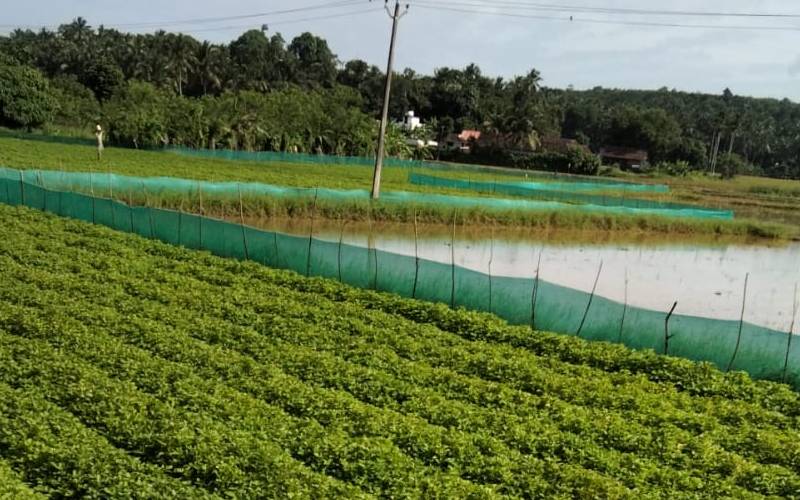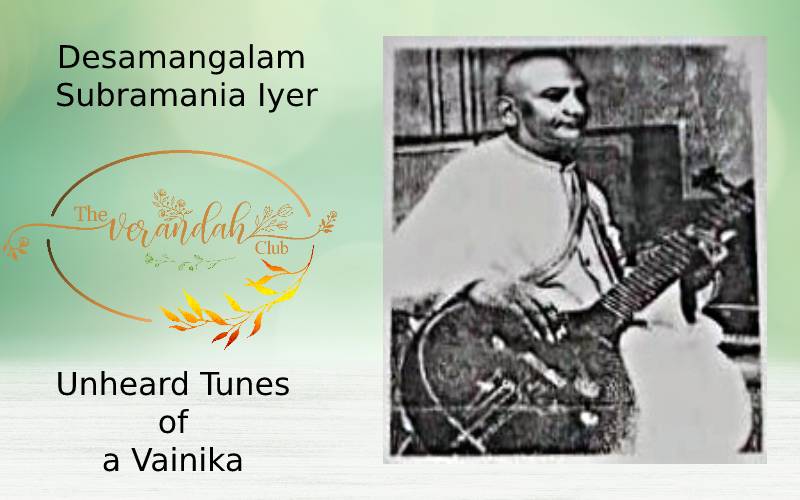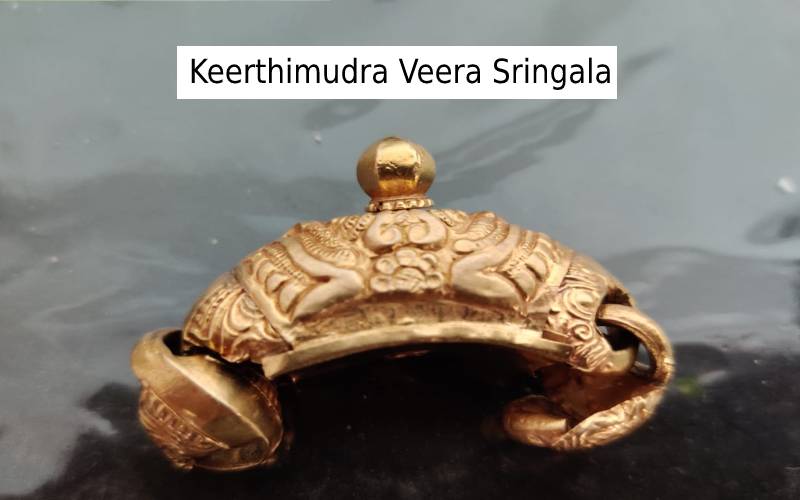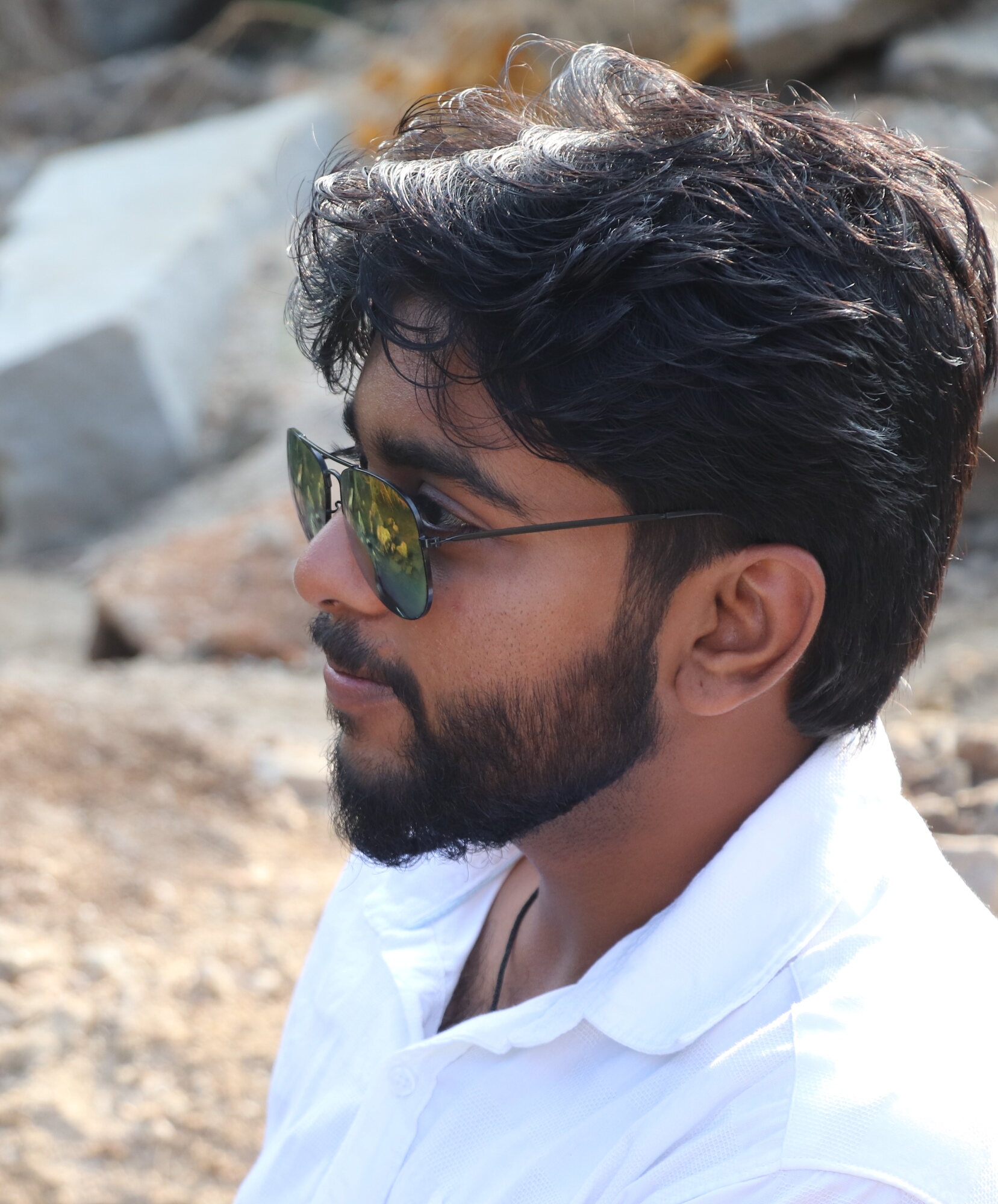
Surrounded by rich flora and paddy fields is located the scenic village of Deshamangalam in Thrissur district of Kerala. The rural village lies nestled between Shoranur and Kunnamkulam in the east and west, and Pattambi and Wadakkancherry in the north and south. Agriculture is primary to the natives of the land and only few houses can be witnessed which lay scattered across the landscape. Desamangalam is approximately 12 kms away from Shoranur and can be reached through the roadway.

A small rural pocket in Desamangalam gave rise to the unforgettable Vainika Parampara which began with Desamangalam Subramania Iyer. The doyen was born to Lakshmi Ammal and Ramanarayanan in 1894 at Pallimana which lies closer to Wadakkancherry district. He initially studied Veena under his maternal grandfather and then duly under Narayana Bhagavathar. Later, Kuruvali R. Subramania Iyer worked as a Professor of Veena at Annamalai Music College since its inception in 1929.
This great unheard legend made the right pick of the right string at the right time which is lasting to be heard down through generations. He resigned his job in order to become a concert artist in 1930. Subramania Iyer succeeded in this field and came to be recognised as a Vainika of rare merit. He had also been a performing artist in the All India Radio at Chennai.

In 1938, as an appreciation of his talent, the Veena Vidwan was presented with the precious Keerthimudra & Veera Sringala by the Maharaja of Travancore. He was invited to give performance at the palace where Amma Maharani’s Guru Vainika Sarvashri Venkatadri Bhagavathar, Semmankudi Srinivasa Iyer & M. A. Kalyana Krishna Bhagavathar were also present. Iyer’s fine control over Veena earned him fame and a good reputation. It is also noteworthy to remember the valuable gifts that were showered by the Maharaja and the Maharani of Travancore for his flourishing talent.
Desamangalam Subramania Iyer’s son, Ramanarayanan recalled attending one of his concerts. It was organised under the aegis of the auspicious Swathi Thirunaal Sabha in 1943 at Thiruvananthapuram. The Madras Music College honoured him by unveiling his portrait among the laudable artists of yesteryears. In memory of this great Vainika, Veenakalanidhi Musical Competition is organized by the District Tourism Promotional Council for the Kalpathy Car Festival in the second week of November every year. The competitions are still being conducted and the descendants of the Subramania Iyer family are invited to preside over them.
Even during the pre-independent times, it is worth remembering that Subramania Iyer had given few Gramophone records. But most of the recordings were lost in time, except one, which was found out with great efforts. His famous disciple happens to be Veena Vidwan Sangeetha Kalanidhi K. S. Narayanaswami. Though his contemporary artists like Karaikkudi Veena brothers, Veena Dhanammal, Ariyakudi Ramanuja Iyengar, Maharajapuram Vishwanatha Iyer, Palakkad Rama Bhagavathar, were quite popular, Subramania Iyer was left forgotten by the Rasika-s and connoisseurs of fine arts. He attained Sadgati on 9 April 1947.
K. R. Subramania Iyer was the eldest among the siblings, Venkatiswaran, Kalyanakrishnan, Parameshwaran, Ramachandran, Alamelu, and Janaki. The virtuoso’s younger brother, K. R. Venkatiswara Bhagavathar must also be remembered for his valuable contributions towards the art in 1935. Mannur Rajakumaran Unni was one of his renowned disciples. Unni had rendered the then popular song, ‘Radhika Krishna’ in Malayalam.
There is a notable episode in Venkatiswara Bhagavathar’s music career which must be recalled. A surprise awaited him during one of his performances. He was witnessed by none other than Rabindranath Tagore himself and was later invited to perform in Shanthi Niketan.
At Shanthi Niketan, to the amazement of the poet, the calm Bhagavathar rendered the classical ‘Shankarabaranam Alapana’ skilfully and proceeded to play its Hindustani equivalent, Bilawal Dattu, extraordinarily. Tagore was stunned by his Veena performance and offered him his ring as an appreciation of excellence. It must be remembered that the great Indian poet himself wore it in the Veena artist’s finger.
The Vainika Parampara of K. R. Subramania Iyer continues after him through his only son, K. S. Ramanarayana Iyer. He was born on 19/09/1928. As a young boy, he got his initial training under his father. Since Subramania Iyer died early, he continued his Veena training from his uncles, Kalyanakrishnan & Venkatiswaran. Ramanarayana Iyer worked in Southern Railways for more than 30 years and settled in Palakkad. He worked and also practised Veena simultaneously to keep up the convention.
There was a remarkable incident that is said to have taken place during Ramanarayana Iyer’s childhood days. One day, his father, Subramania Iyer, was honoured by the visit of Chembai Vaidyanatha Bhagavathar. Bhagavathar had asked the young Ramanarayanan to play Veena. After a short round of playing the instrument, he appreciated the boy for his bubbling talent and had requested his father to teach him more.
Ramanarayana Iyer’s training under his maternal uncle, Kalyanakrishna Bhagavathar gave him his expertise. He followed the traditional Gayikashaili style of Sahityam. The mastermind was also an AIR artist for nearly 40 years. Ramanarayana Iyer had performed on a number of occasions at Calicut and Thrissur. He had also participated and performed regularly at the Tyagaraaja Aradhana Festival, Guruvayoor Chembai Sangeetotsavam, and Navaratri Festival.
Ramanarayanan was honoured with the Nada Chandrika Award by the Swathi Sangeetha Sabha, Palakkad. He was humble & modest in behaviour. He worked tirelessly all his life for the revival of his tradition by reaching it to many. Ramanarayana Iyer travelled all over Kerala and taught Veena. He was ever ready to give a performance. Age did not deter him and he could effortlessly play Veena even during his autumnal years.
Ramanarayana Bhagavathar’s children are D. R. Subramanian, Janaki Ravi and Vidhya Venkatesh. Among the three, Janaki Ravi and Vidhya Venkatesh have been taking efforts to restore the Manjapara Vainika tradition. His famous disciples included Dr. Balamani and his own daughters.
Janaki Ravi got her Veena training from her father and various other artists like Flute Krishna Iyer. She had won the prestigious Kerala State Youth Festival Award during her college days. Janaki also used to accompany her father to the Guruvayoor Chembai Sangeetotsavam and also to the Tyagaraja Utsavam.
Janaki did her Arangetram at Chembai Vaidyanatha Bhagavathar's house in front of Sri Vaidyanatha Bhagavathar. This was attended by a large gathering followed and the famous singer Dr. K. J. Yesudas was part of the audience. She had also participated in the Veena Ensemble – Nadotsava (2016) along with her sister at International Centre in Bengaluru. Janaki is now a Heartfulness trainer. Both Janaki and Vidhya who are settled at Coimbatore. They are teaching Veena to many students and are working hard to reclaim the glories of their Vainika Parampara.
It is true that Desamangalam Subramania Iyer has left an indelible mark in the sands of time!

T. R. Surya is the special correspondent of the company. He is an eloquent speaker and compendious writer of English. An avid learner of Sanskrit and Indian scriptures under the guidance of Swami Ganeshaswarupananda and Gita Chaitanya of Arshavidyalaya. His inclination and interests are towards studying Metaphysics and philosophies.
NEXT ARTICLE